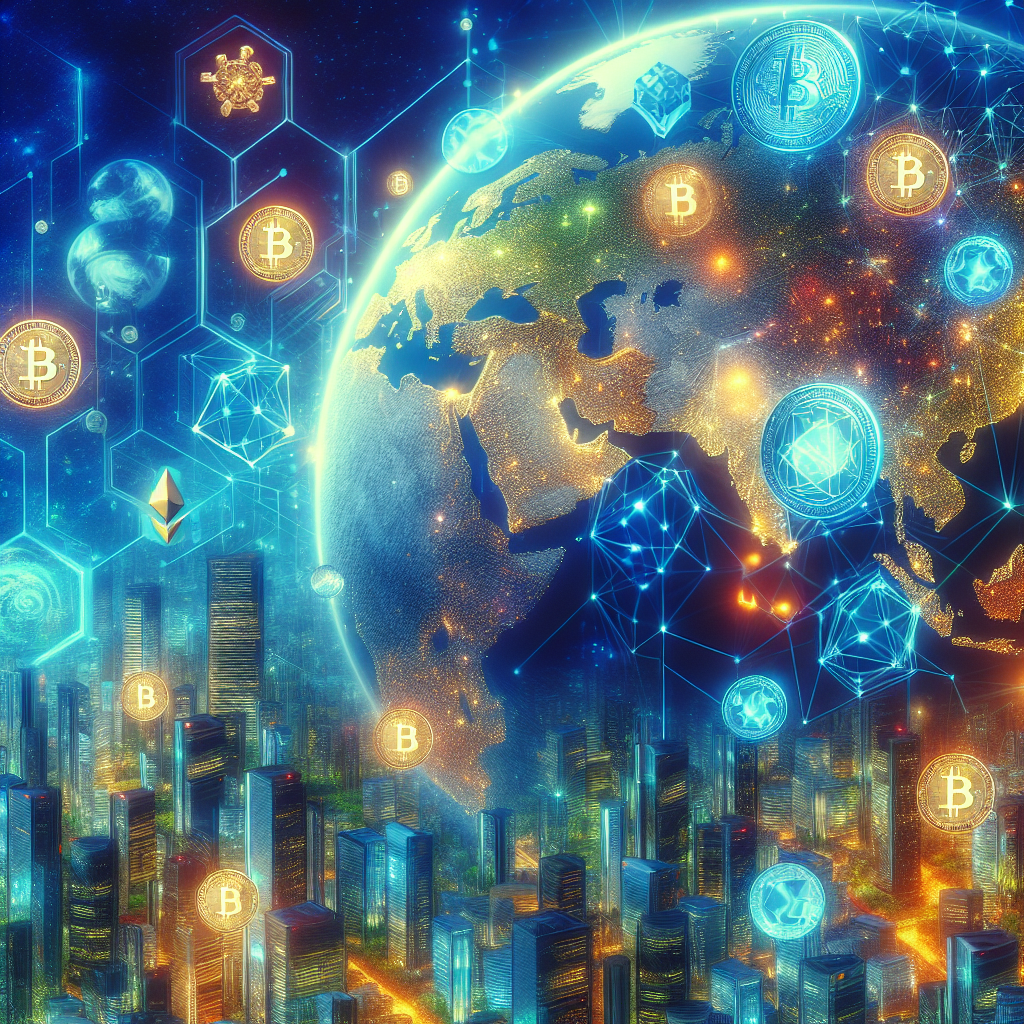
Value of Global Crypto Market Surpasses $3tn for the First Time in Three Years

The global crypto market hit $3 trillion amid investor optimism, aligning with the post-election impact of Trump’s presidency. Simultaneously, financial markets, geopolitical strategies, and key appointments signal a focus on business-friendly policies and shifting global alignments.
The global cryptocurrency market has reached an unprecedented value of $3 trillion, marking its highest point in three years. This surge is driven by rising optimism among investors, particularly following Donald Trump’s recent re-election as US President, which is anticipated to bring a favourable stance towards digital assets. Bitcoin, the leading cryptocurrency, saw record-breaking highs of over $84,500, contributing largely to this valuation. The value of the crypto market was last seen at similar levels in November 2021.
The election outcome has also had major reverberations across global markets. Wall Street gained momentum, with the S&P 500 and the Nasdaq Composite achieving record streaks. The tech sector, including companies like Tesla, alongside 'Trump trade' assets such as Bitcoin and the US dollar, showcased significant gains amidst this environment. European markets also capitalised on this rally, registering gains attributed to investor confidence in sectors like banking. Despite the rise in equities, other markets displayed mixed reactions with global oil prices lagging due to underwhelming economic stimulation plans from China.
In a striking development, Trump announced key appointments for his administration. Elise Stefanik, noted for her strong pro-Israel stance, has been nominated as US ambassador to the UN, indicating a shift in America's approach to international diplomacy. Additionally, Stephen Miller, known for his hardline immigration views, is set to take a pivotal policy role in the White House. Trump also appointed Lee Zeldin to head the EPA, suggesting a move towards easing environmental regulations to boost industrial growth. These appointments highlight the administration's inclination to prioritise business and energy interests while championing America-first policies.
Beyond domestic politics, international relations are adapting to the geopolitical landscape influenced by Trump’s return. France’s President Macron and UK Prime Minister Starmer jointly reaffirmed their unwavering support for Ukraine amidst ongoing tensions with Russia. Meanwhile, Taiwan is reportedly strategising robust defence purchases from the US, emphasising its commitment to deterrence against China.
Corporate dynamics have also been active, with notable consolidations and challenges. Herbert Smith Freehills announced a merger with Kramer Levin, creating a major global law firm amid a wave of transatlantic legal consolidations. On the flip side, US drug manufacturer AbbVie suffered a setback as its experimental schizophrenia medication failed in clinical trials, leading to a sharp decline in share value.
Amidst these developments, other regions are wrestling with ongoing challenges. Italy’s immigration policies under Giorgia Meloni faced legal hurdles, reflecting broader tensions over asylum-seeker management in Europe. Meanwhile, in Haiti, political instability deepened with the removal of interim Prime Minister Garry Conille, set against a backdrop of escalating gang violence. Additionally, Mali detained executives of Australian gold miner Resolute Mining, further underscoring the complex interplay of governance and business in politically unstable regions.
While markets and geopolitical arenas continue to grapple with shifting landscapes, climate concerns resurfaced at the UN COP29 summit. Biden-era climate commitments face renewed challenges under Trump’s administration, but key figures like John Podesta underscore the necessity of sustained action amidst these political shifts.
In conclusion, the intertwining of global finance, politics, and markets underscores a period of rapid change. From the meteoric rise of cryptocurrencies to strategic geopolitical alignments and evolving climate policies, this moment signals profound transformations across multiple spheres. These developments highlight a world reacting to changing leadership, economic priorities, and challenges of modern governance.